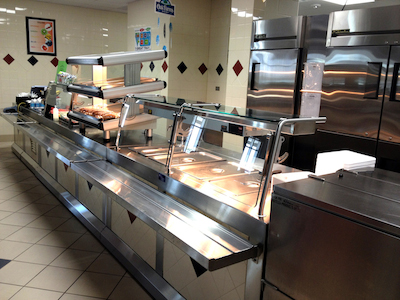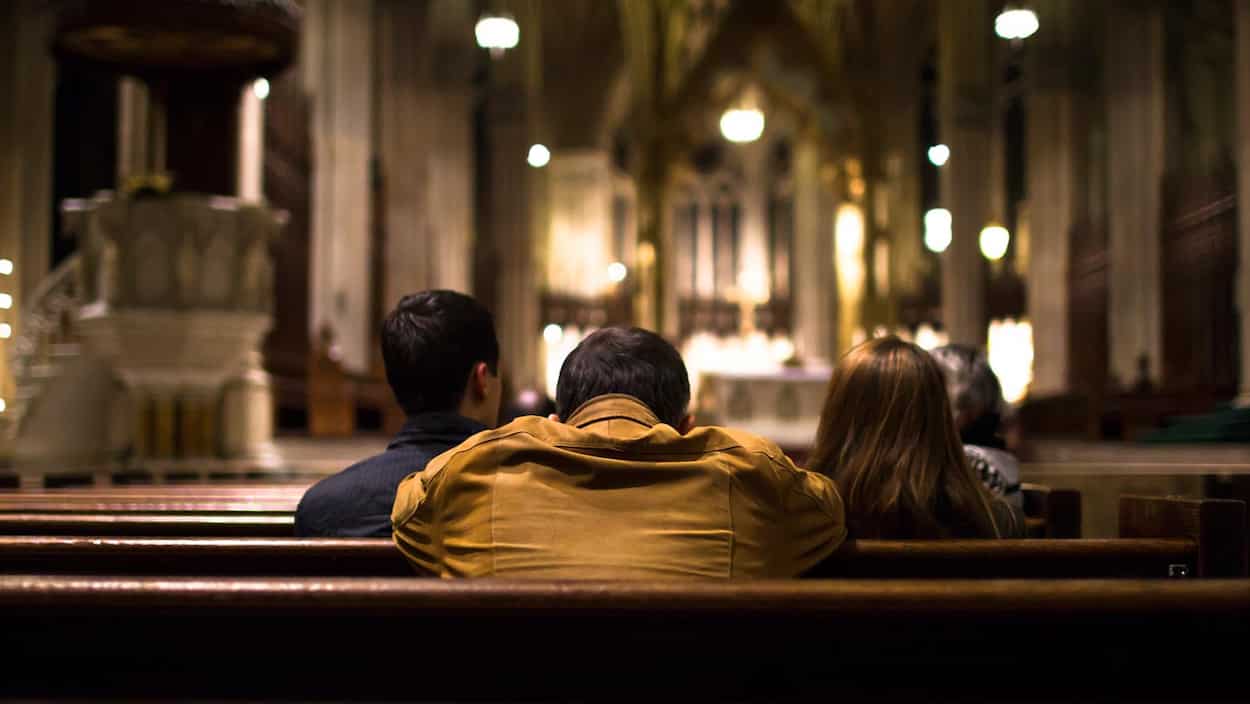 Once in a while I come across a story that has so many facets to it that an entire book could probably be written analyzing each facet. Such a story comes from Utah.
Once in a while I come across a story that has so many facets to it that an entire book could probably be written analyzing each facet. Such a story comes from Utah.
On January 28 of 2014, the Unitah Elementary School in Salt Lake City got itself into some very hot water. During lunch, some cafeteria staff workers began confiscating trays of warm meals from a number of students and then dumping the food into waste baskets. The victims of this food caper were then given a piece of fruit and a small carton of milk. Why this blatant waste of food? Ostensibly, the parents of these children had been remiss in keeping the lunch accounts in the black. Thus, no pay, no hot meal.
Now let’s agree that this situation was handled in a ham-handed fashion (pun intended). Certainly these children were embarrassed in front of their friends. And I am sure that we can all think of ways this scene could have been avoided. But let’s get beyond that and analyze this lunch program more closely.
We’ll start with the parents. Last August, before school began, parents whose children qualified for reduced-cost lunches were sent a letter announcing a new software program (MyPaymentsPlus) that would help parents keep track of their children’s lunch accounts. A key paragraph of the letter reads as follows:
At no cost, MyPaymentsPlus allows you to check your student’s account balance 24/7 online, view what your student has been eating in the cafeteria, and receive email notifications when the account reaches a low balance. For a small fee of 4.75% per transaction you can pay online into your student’s meal account using a check, credit card, or debit card. These payments are usually available for student use within a matter of minutes. You can also create settings to automatically replenish your student’s account when it reaches a low balance.
Can the process be any easier? And yet several parents complained that they had no idea that their child’s account was without funds. The school district also claims that the school called the delinquent parents a couple of days before the unfortunate event to try to get the accounts replenished. So, where is the responsibility of these parents? Far too many people want to blame someone else for their own mistakes or incompetency. And by the way, if a parent can’t afford to pay for a hot lunch, is there something wrong with a peanut butter sandwich and an apple in a lunch bag?
Now let’s move on to the federal government. Last year the school district raised the cost of lunches from 65 cents to 2 dollars. Why? Because the reduced-cost lunch program is subsidized by the federal government, and the feds mandated an increase in the cost. (For the record, the district could have raised the cost incrementally but, for some reason, chose not to.) But why did the cost go up to begin with? Because the district was under the guidelines of the Healthy, Hunger-Free Kids Act, which went into effect in 2012. This program requires that meals be healthier, with more fruits and vegetables, which are more expensive. The cheaper foods, such as meats and grains, are limited in their use by the Act. Talk about the law of unintended consequences! Perhaps these parents fell behind in their payments because of the mandated increase in the cost of the lunch. It is, after all, a tough economy out there.
And speaking of unintended consequences, I am sure that Michelle Obama sleeps well at night believing that students are eating healthier foods. However there are numerous report across the country that children hate the “healthy” meals and are throwing them away. As a matter of fact, according to a 2012 article by Vivian Yee in The New York Times, several schools across the nation are experiencing lunch boycotts as thousands of students refuse to eat the swill. One high school student in Brooklyn said, “Before, there was no taste and no flavor. Now there’s no taste, no flavor and it’s healthy, which makes it taste even worse.” The cafeteria manager at a Los Angeles middle school reported that of the 1800 students who qualify for a reduced-cost lunch, only about 1200 eat the cafeteria food. And that’s “on a good day.” Oh, and I did I mention that the new law requires that school lunches contain no more than 850 calories for high school students, 700 for middle schoolers, and 650 for elementary kids? Ronald Reagan once said that scariest words in the English language are “I’m from the government, and I’m here to help.” This lunch fiasco is a classic example.
Finally, we come to the politicians who, though they may not salivate over healthy lunches, certainly begin to drool when they smell a good photo op. According to KSL.com, State Senators Jim Dabakis (D) and Todd Weiler (R) felt compelled to eat lunch with Uintah students two days after the lunch confiscations. You can bet that the cameras were rolling. “We think that children should be as well-fed as legislators,” Weiler said. Dabakis, in a rare moment of political candor, urged his colleagues to take advantage of “the issue of the moment” and pass legislation to solve the Utah lunch problem, even if the school solves the problem on its own. In other words, wasting a good crisis is worse than wasting food. Using words that will undoubtedly be carved in marble on the Utah state capitol building someday, Dabakis summarized his position: “If there’s any doubt, feed the kid.” Oh, by the way, for the record, Dabakis chose not to eat the vegetables served that day. No, I don’t know why.
So, what was really on the menu at Uintah? A small serving of unthinking managers, a huge portion of the nanny state, and, for dessert, self-serving politicians. That’s a meal that would give anyone indigestion.








